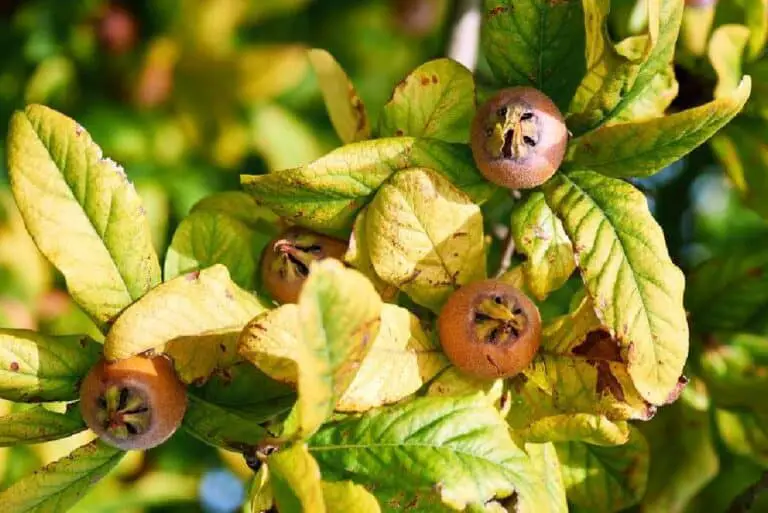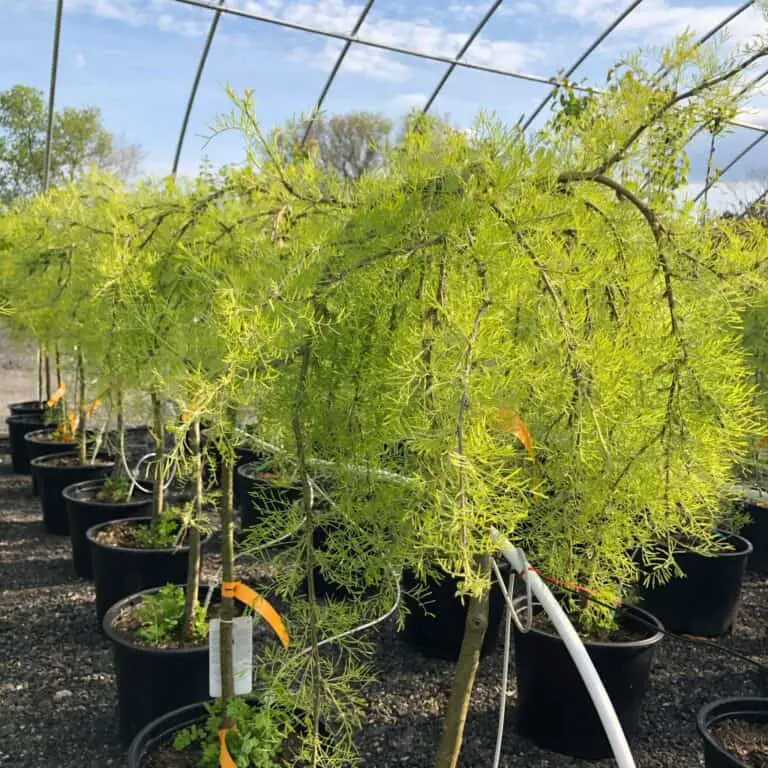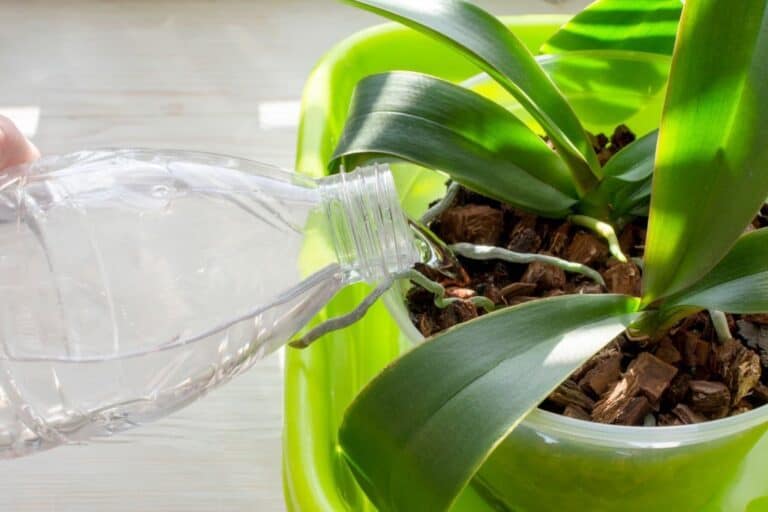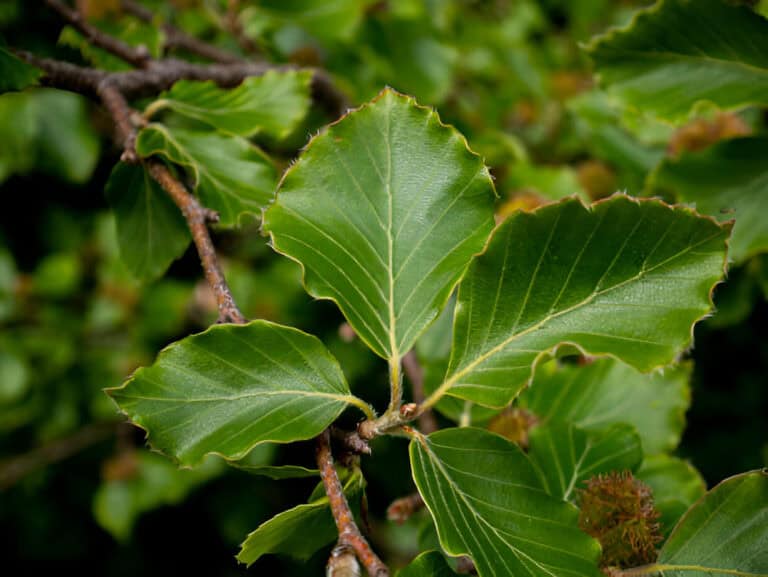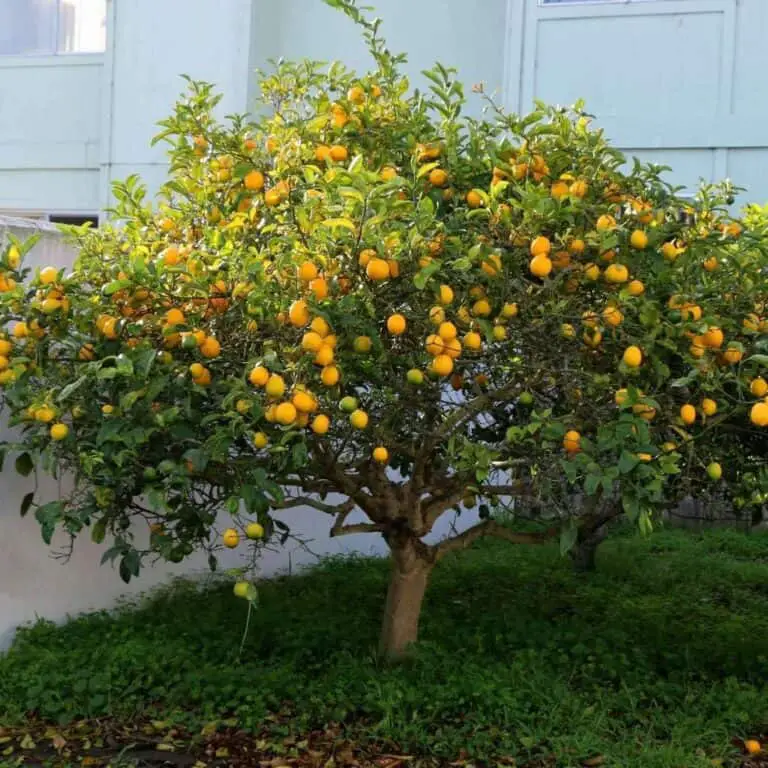How To Prune Moringa Plant: Step By Step Trimming Guide
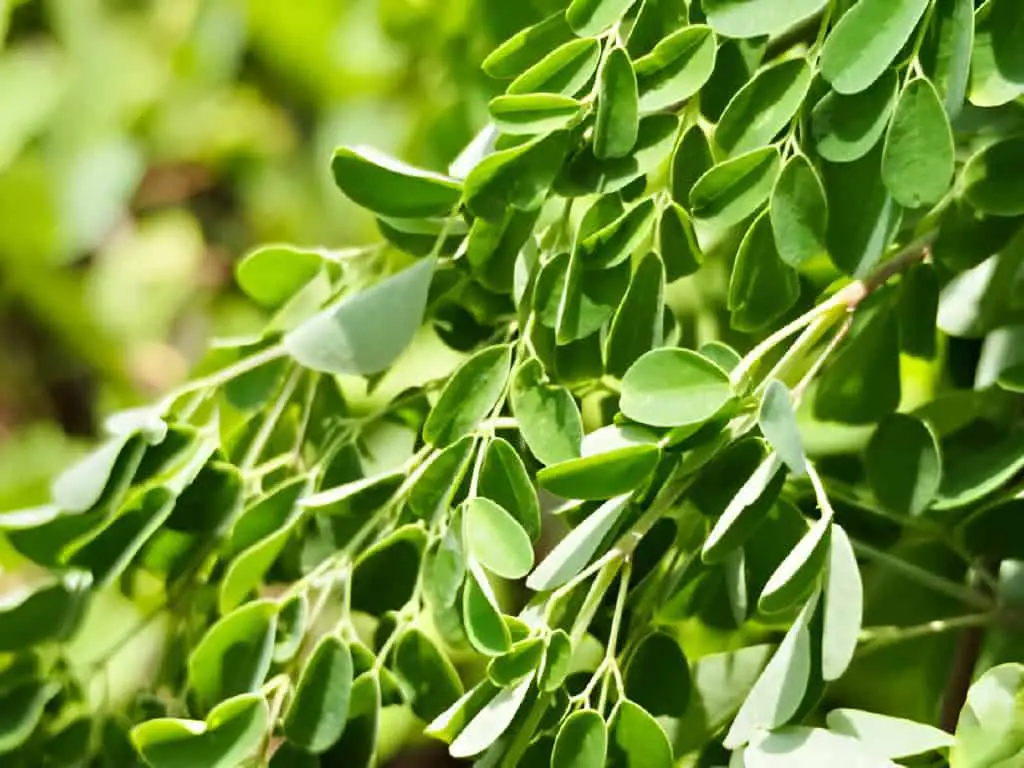
Trimming your moringa plant isn’t just about looks. It’s crucial for keeping it healthy and spurring growth. Have you ever wondered when and how to prune your moringa tree to ensure it thrives year-round? Knowing the best pruning practices can greatly increase yield and plant health.
In this article, we’ll explore the details of pruning moringa plants. We’ll cover the best time for pruning and the techniques that spur strong growth. Are you a seasoned gardener or new to growing moringa? This guide will give you essential tips to improve your plant’s health and productivity.
Understanding the Moringa Plant
The Moringa plant (Moringa oleifera) is a fast-growing tree. It is known for its drumstick-like seed pods and edible leaves. It is also drought-resistant. Moringa, often referred to as the “miracle tree,” is renowned for its nutrient-packed leaves and rapid growth. It is native to parts of Africa and Asia. This versatile plant has found its way into gardens worldwide. This is due to its health benefits and ease of cultivation.
Every part of the Moringa tree is beneficial, from its roots to its flowers. It can grow up to 10-12 meters in height, but with proper pruning, you can maintain a manageable size and shape.
Benefits of Pruning Moringa
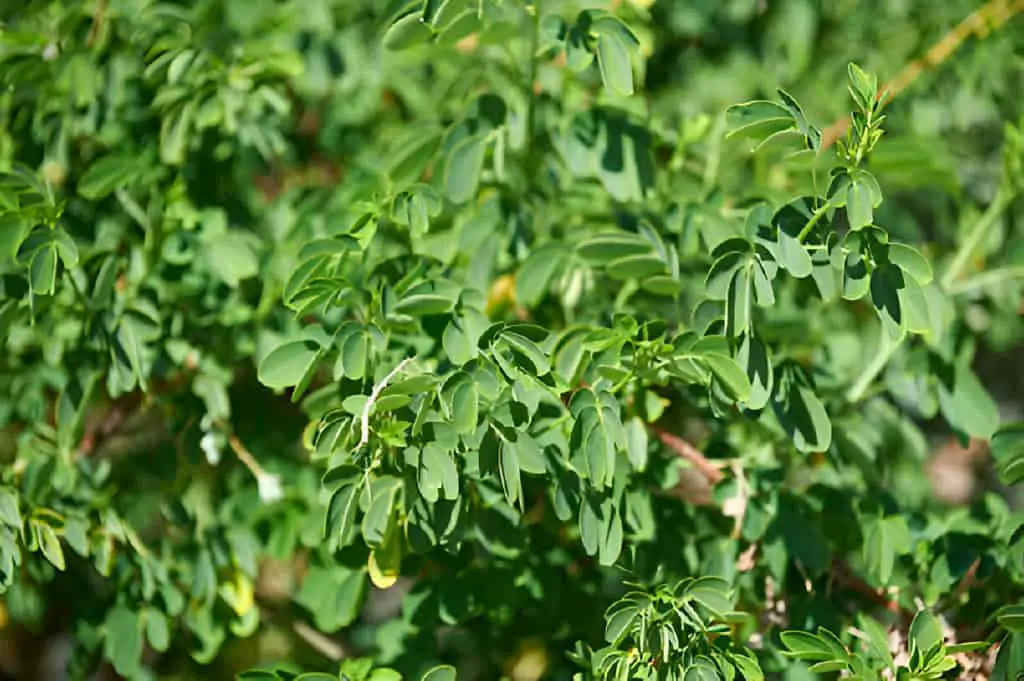
Pruning Moringa plants has several advantages:
- Encourages Bushier Growth: Proper pruning stimulates the growth of more branches and leaves.
- Improves Air Circulation: Thinning the tree promotes better airflow, reducing the risk of diseases.
- Enhances Light Penetration: Allows sunlight to reach more parts of the plant, promoting overall health.
- Eases Harvesting: Keeps the tree at a manageable height, making it easier to harvest leaves and pods.
When to Prune Moringa
Timing is crucial for effective pruning. The best time to prune Moringa is during the growing season, typically from early spring to late summer. This period allows the plant to recover quickly and continue growing vigorously. Avoid pruning during the dormant winter months, as this can stress the plant.
Seasonal Pruning Schedule
Spring:
- Major pruning to shape the plant and encourage new growth.
- Remove any winter damage.
Summer:
- Light pruning to maintain shape and remove excess growth.
- Harvest leaves and pods.
Fall:
- Minimal pruning to prepare for winter dormancy.
- Clean up any dead or diseased parts.
Winter:
- Avoid pruning to prevent stress on the plant.
Table: Seasonal Pruning Activities for Moringa
| Season | Pruning Activity |
| Spring | Major pruning, remove winter damage |
| Summer | Light pruning, harvest leaves and pods |
| Fall | Minimal pruning, cleaning up dead parts |
| Winter | Avoid pruning |
Tools and Preparation
Having the right tools is essential for effective pruning. Clean, sharp tools make precise cuts and reduce the risk of spreading diseases.
Essential Tools
- Pruning Shears: For cutting small stems and branches.
- Loppers: Useful for thicker branches.
- Saw: For cutting larger branches.
- Gloves: Protect your hands from thorns and sap.
- Disinfectant: Clean tools before and after use to prevent disease spread.
Table: Pruning Tools for Moringa
| Tool | Use |
| Pruning Shears | Cutting small stems and branches |
| Loppers | Trimming thicker branches |
| Saw | Cutting larger branches |
| Gloves | Protecting hands from thorns and sap |
| Disinfectant | Cleaning tools to prevent disease spread |
Moringa Plant Step-by-Step Pruning Guide
1. Inspect the Plant
Start by thoroughly inspecting your Moringa plant. Look for any dead, diseased, or damaged branches. Identifying these areas helps you determine where to make your cuts.
2. Remove Dead and Diseased Parts
Begin by removing any dead or diseased branches. Use your pruning shears or loppers to make clean cuts just above a healthy part of the branch. This prevents the spread of disease and encourages new growth.
3. Cut Back Overgrown Stems
If your Moringa plant has grown too tall or leggy, trim back the longer stems. Aim to cut back branches by about one-third, making your cuts just above a leaf node. This encourages bushier growth and more leaf production.
4. Shape the Plant
Once you’ve removed the dead and overgrown parts, shape the plant to your desired form. This might involve trimming back any straggly or unruly branches to create a more compact and attractive appearance.
5. Clean Up
After pruning, clean up any fallen leaves and debris around the base of the plant. This helps prevent pests and diseases. Give your Moringa a thorough watering to help it recover from the trimming process.
Pruning Tips for Healthy Growth
- Regular Maintenance: Perform light pruning regularly to maintain the plant’s shape and health.
- Avoid Over-pruning: Only remove up to one-third of the plant at a time to avoid stressing it.
- Watch for Pests: Keep an eye out for common pests like aphids or spider mites, which can be attracted to newly pruned plants.
- Fertilize: After pruning, feed your Moringa with a balanced fertilizer. It will promote new growth.
Troubleshooting Common Pruning Issues
- Browning Tips: If you notice browning tips after pruning, it could be due to excessive pruning or improper cuts. Ensure your tools are clean and sharp, and avoid cutting too much at once.
- Slow Growth: If your Moringa is not growing as expected after pruning, check the soil and light conditions. Moringa prefers well-draining soil and full sun.
Table: Common Pruning Issues and Solutions
| Issue | Cause | Solution |
| Browning Tips | Excessive pruning or improper cuts | Use clean, sharp tools; avoid over-pruning |
| Slow Growth | Poor soil or light conditions | Ensure well-draining soil and adequate light |
Benefits of Proper Pruning
Pruning your Moringa plant correctly can lead to numerous benefits. It encourages the regrowing of more leaves and flowers, enhances the plant’s overall health, and keeps the plant looking neat and tidy. Proper pruning also helps prevent disease and pest infestations, ensuring that your Moringa thrives for many years.
Encouraging More Leaves and Flowers
One of the primary reasons to prune Moringa is to encourage more leaves and flowers. By removing spent flowers and trimming back overgrown stems, you stimulate the plant to produce new buds. This results in a more prolific growing season, allowing you to enjoy the benefits of the Moringa plant for an extended period.
Improving Air Circulation
Dense growth can limit airflow around the plant, creating a humid environment that encourages diseases and pests. Pruning thins out the plant. It boosts air flow and cuts the risk of fungi and pests.
Maintaining Plant Health
Regular pruning removes dead or diseased branches, preventing the spread of infections to healthy parts of the plant. It also allows you to inspect the plant closely, catching any potential issues early and addressing them promptly.
Shaping and Controlling Growth
Moringa plants can grow rapidly, becoming unruly if not managed properly. Pruning helps control their size and shape, ensuring they fit well within your garden design. This is particularly important for Moringa grown as part of a mixed border, where they can easily overshadow smaller plants.
Table: Benefits of Pruning Moringa
| Benefit | Description |
| More Leaves and Flowers | Stimulates new bud formation for a more prolific growing season |
| Improved Air Circulation | Reduces the risk of fungal infections and pest infestations |
| Maintained Plant Health | Prevents the spread of diseases by removing dead or diseased parts |
| Controlled Growth | Keeps the plant’s size and shape manageable |
Conclusion
Pruning your Moringa plant is a rewarding practice that keeps it healthy and enhances its beauty. Follow this full guide. It will ensure your Moringa thrives, with lush foliage and lots of flowers and seed pods all year. Regular maintenance, the right tools, and an understanding of your plant’s needs are key to successful pruning. Happy gardening!

